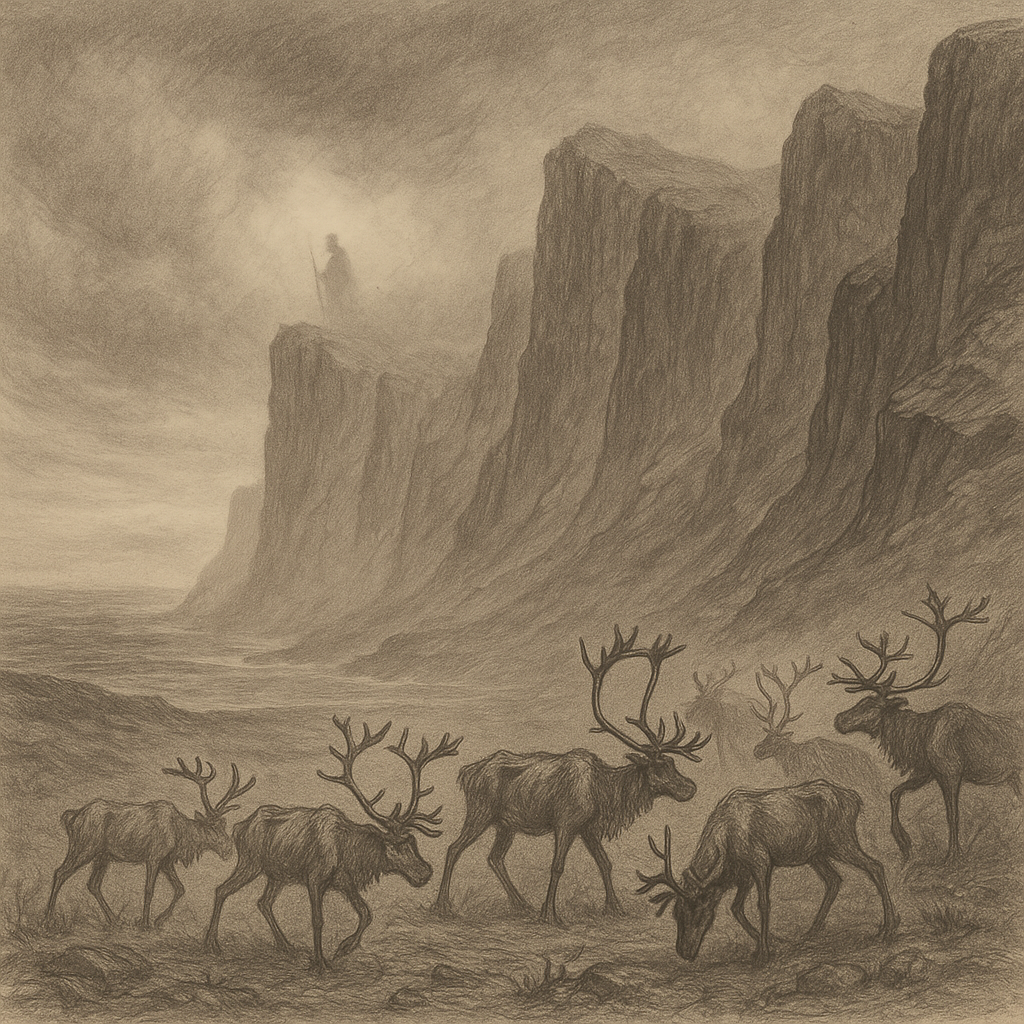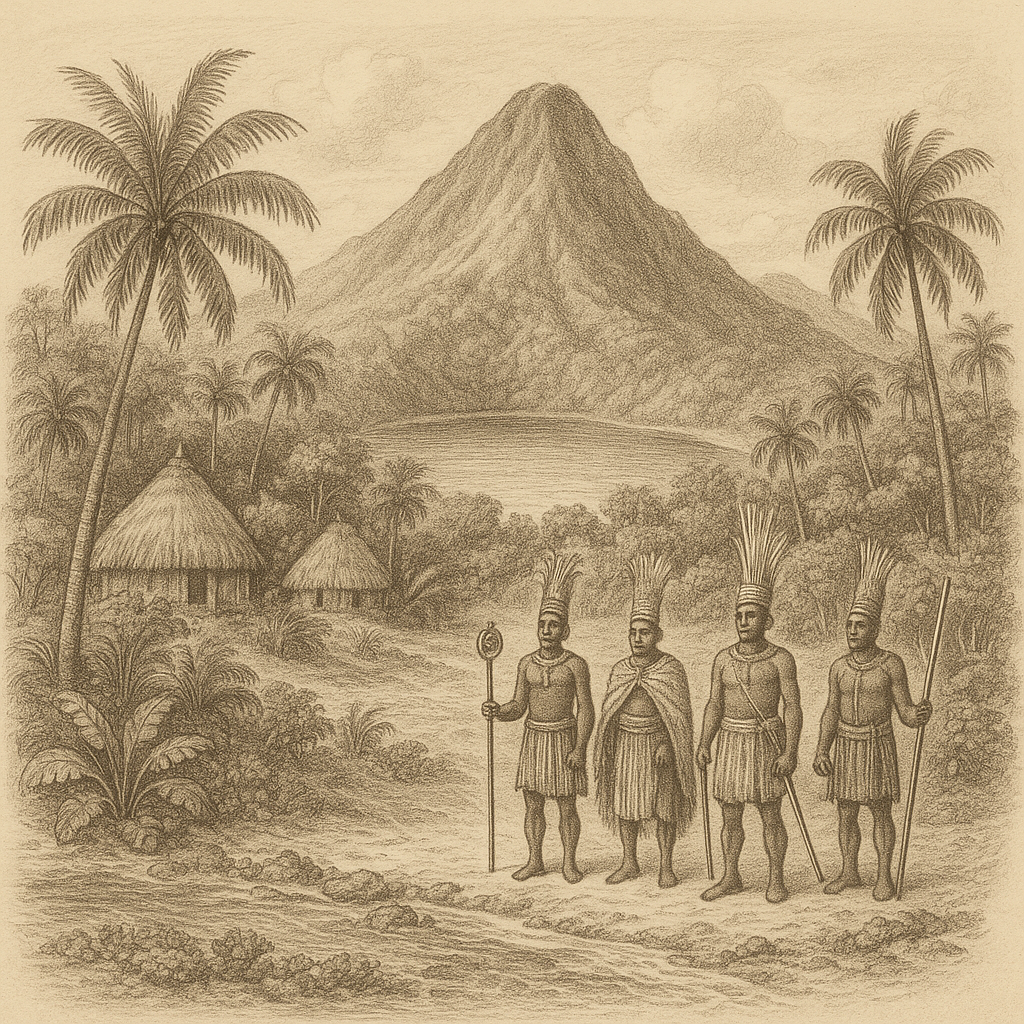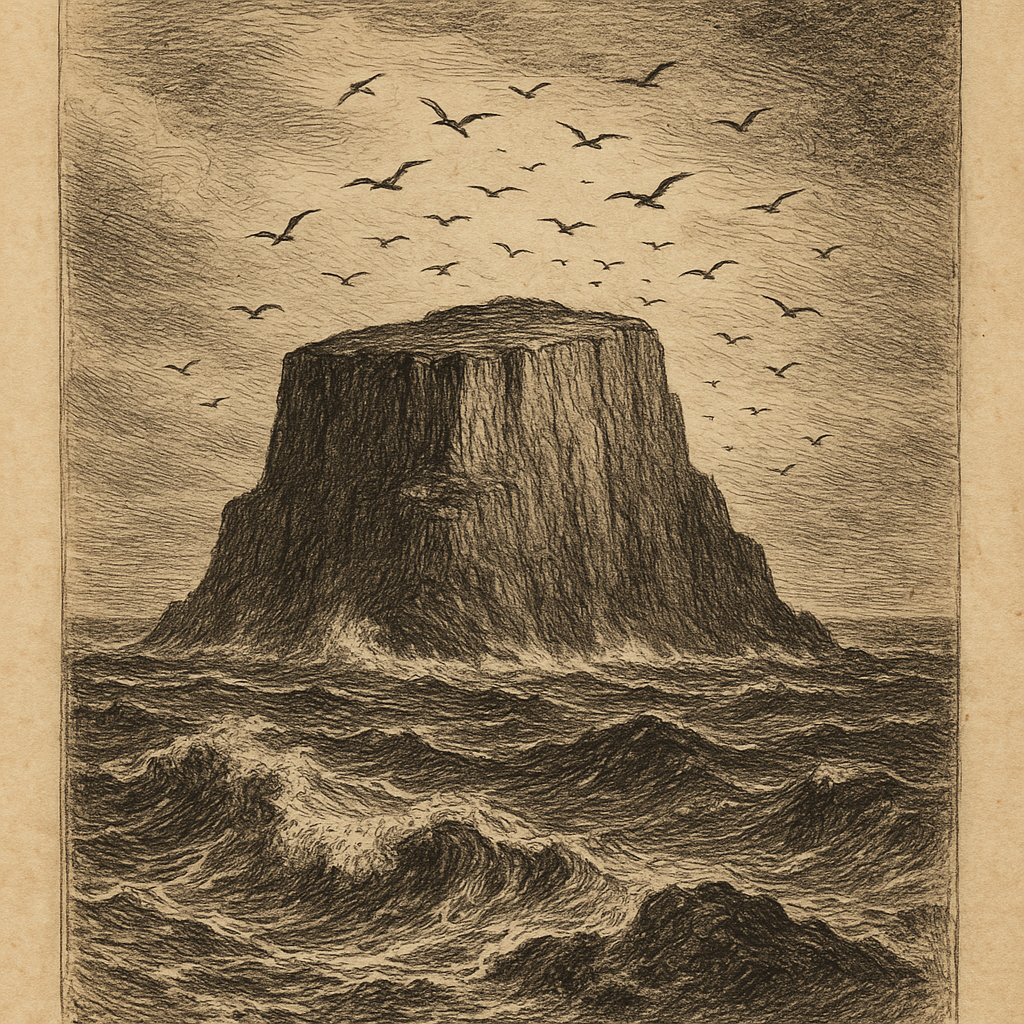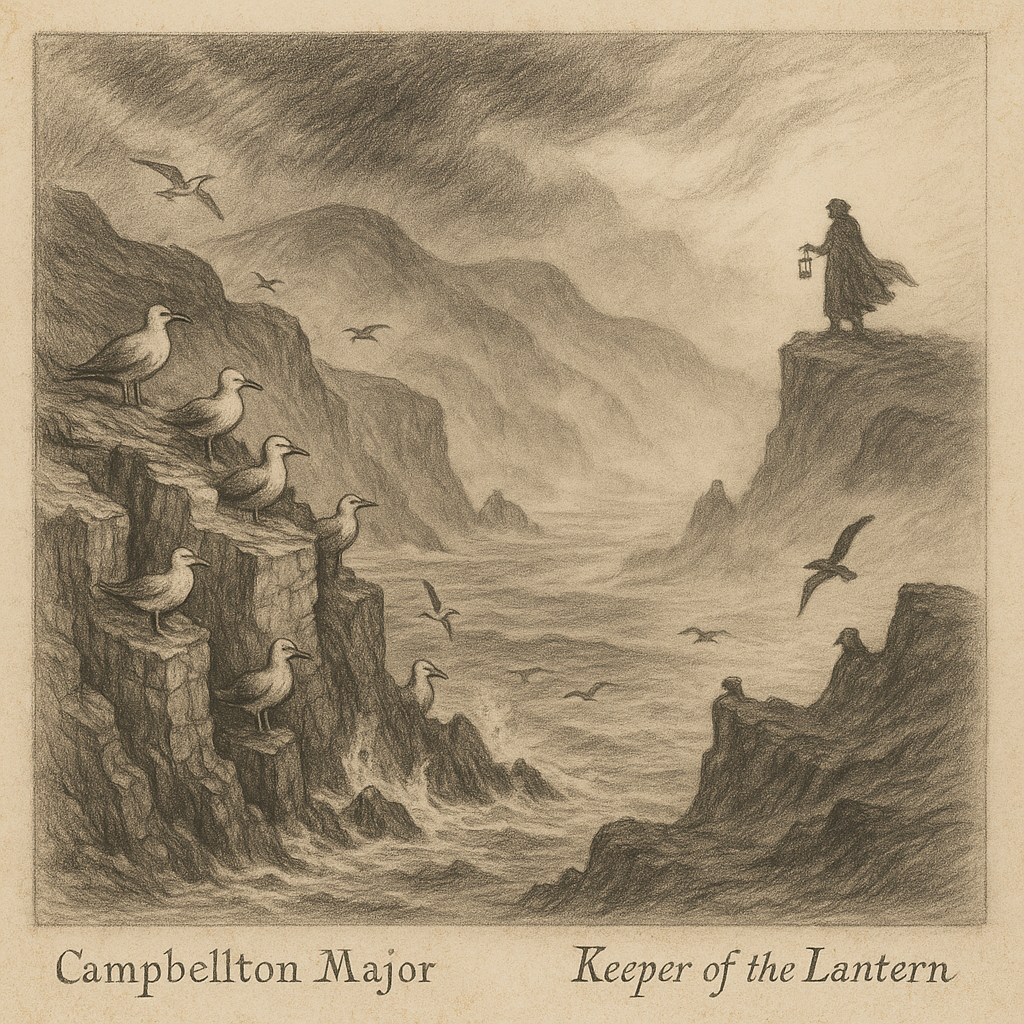St. Matthew Island: A Remote Wilderness in the Bering Sea
St. Matthew Island is one of the most isolated and intriguing islands in the Bering Sea. Located between the coasts of Alaska and Russia, it is a part of the Alaska Maritime National Wildlife Refuge and is renowned for its haunting desolation, unique wildlife, and a dramatic chapter in ecological history. Here’s a closer look at this remote landmass, its environment, and the stories it holds.
Geographic Location and Characteristics
St. Matthew Island lies approximately 295 kilometers (183 miles) west of Nunivak Island and about 350 kilometers (220 miles) north of the Aleutian Islands. It is the largest in a small archipelago that includes Hall Island and Pinnacle Island. The island spans around 137 square kilometers (53 square miles), making it modest in size but significant in ecological and historical value.
The island is characterized by rugged cliffs, black sand beaches, rolling tundra, and dramatic weather conditions. Its climate is classified as subarctic maritime, with cold, windy conditions throughout the year. fog is common, as are sudden storms, contributing to the island’s reputation as both treacherous and fascinating.
Geological and Ecological Origins
St. Matthew Island is volcanic in origin and represents the emergent peak of an underwater mountain on the Bering Shelf. Over thousands of years, geological uplift and lava flows formed its current topography. Unlike other volcanic islands with a central caldera or crater lake, St. Matthew is primarily composed of steep cliffs and rolling hills, blanketed with mosses, lichens, and dwarfed shrubs.
Due to its isolation and lack of human activity, the island has maintained a relatively pristine ecosystem. It is an important breeding ground for several seabird species, including murres, kittiwakes, and auklets. A variety of marine mammals, such as walruses and Arctic foxes, can also be found here. The arctic fox was introduced to the island in the 20th century, primarily for fur trapping purposes, but has since become part of the island’s ecological fabric.
The Reindeer Experiment and Ecological Collapse
One of the most captivating and tragic stories associated with St. Matthew Island centers around an ecological experiment gone awry. In 1944, during World War II, the U.S. Coast Guard established a LORAN (Long Range Navigation) station on the island and introduced 29 reindeer as a supplementary food source for the stationed troops.
By 1950, the station was abandoned, and the reindeer population was left unmanaged. With no natural predators and an abundance of lichen, the population exploded to approximately 6,000 by 1963. However, this sudden growth was unsustainable. Within three years, nearly the entire herd perished due to starvation and harsh winter conditions. By 1966, only 42 reindeer remained, and by the early 1980s, the population was declared extinct. This dramatic boom-and-bust cycle is widely cited in ecological studies as a sobering example of overshoot and collapse in a closed system.
Flora and Fauna
Despite its harsh conditions, St. Matthew Island supports a surprisingly diverse array of Arctic flora. Over 300 plant species have been recorded, including arctic poppies, bistort, and sedges. The continuous layer of permafrost and frequent fog provide enough moisture for a dense tundra vegetation cover, including mosses and lichens that feed the resident herbivores.
The island remains a key site for seabirds and serves as a refuge for endangered species due to its inaccessibility. The beaches and surrounding waters are breeding grounds for seals and walruses from spring to late summer. In addition, the island is home to a subspecies of the Arctic fox (Vulpes lagopus beringensis), which is endemic to the St. Matthew archipelago.
Modern Status and Access
St. Matthew Island is uninhabited and protected by the U.S. Fish and Wildlife Service. As part of the Alaska Maritime National Wildlife Refuge, all access to the island is highly restricted and requires special permits. Although scientific expeditions occasionally visit to conduct ecological and climatological research, the island remains undisturbed by ongoing human presence.
Its remote location makes it accessible only by chartered boat or seaplane, and visits are often timed with narrow windows of favorable weather. These protective measures are vital to ensuring the delicate ecosystem remains undamaged and undisturbed.
Interesting Facts About St. Matthew Island
– The island’s dramatic ecological history with the reindeer population has been examined in numerous ecological and biological studies.
– St. Matthew Island possesses the northernmost sand dunes in the United States.
– Despite being in the Arctic, snowfall is relatively light due to maritime influences, though the island remains snow-covered for more than half the year.
– The St. Matthew blue king crab was once abundant in surrounding waters, but overfishing has led to a significant decline, resulting in a complete harvest ban for much of the early 21st century.
– Because of its isolation, the island is considered one of the quietest places in the world, with no ambient human-produced noise.
Legends and Lore
Given its isolation and periodic visitation, legends surrounding St. Matthew Island are few but compelling. One of the enduring tales among local Alaskan communities and Coast Guard veterans is the story of “The Shrouded Sentries.” According to lore, during a particularly harsh winter in the early 1950s, Coast Guard personnel reported seeing spectral figures outlined by the fog along the cliffs—what looked like sentries standing watch. Although these apparitions were likely mirages created by ice crystals and refractions, they left a lasting impression on those stationed there. To this day, some refer to the island by its informal nickname “The Watchers’ Isle.”
Another legend tells of a ghost ship, a weathered whaling schooner said to appear near Hall Island during violent storms. Sailors claim to have seen its tattered sails and faint lights through the mist before it vanishes without a trace. While no official records confirm the existence of such a shipwreck, the tale persists in maritime folklore.
Conclusion
St. Matthew Island remains one of the most mysterious and ecologically significant locales in the North Pacific. Its remote location safeguards it from modern encroachment, allowing nature to exist relatively untouched. From its dramatic reindeer collapse story to the quiet persistence of its wildlife and the legends whispered by fog and wind, St. Matthew Island stands as both a cautionary tale and a symbol of wild endurance in a rapidly changing world.



